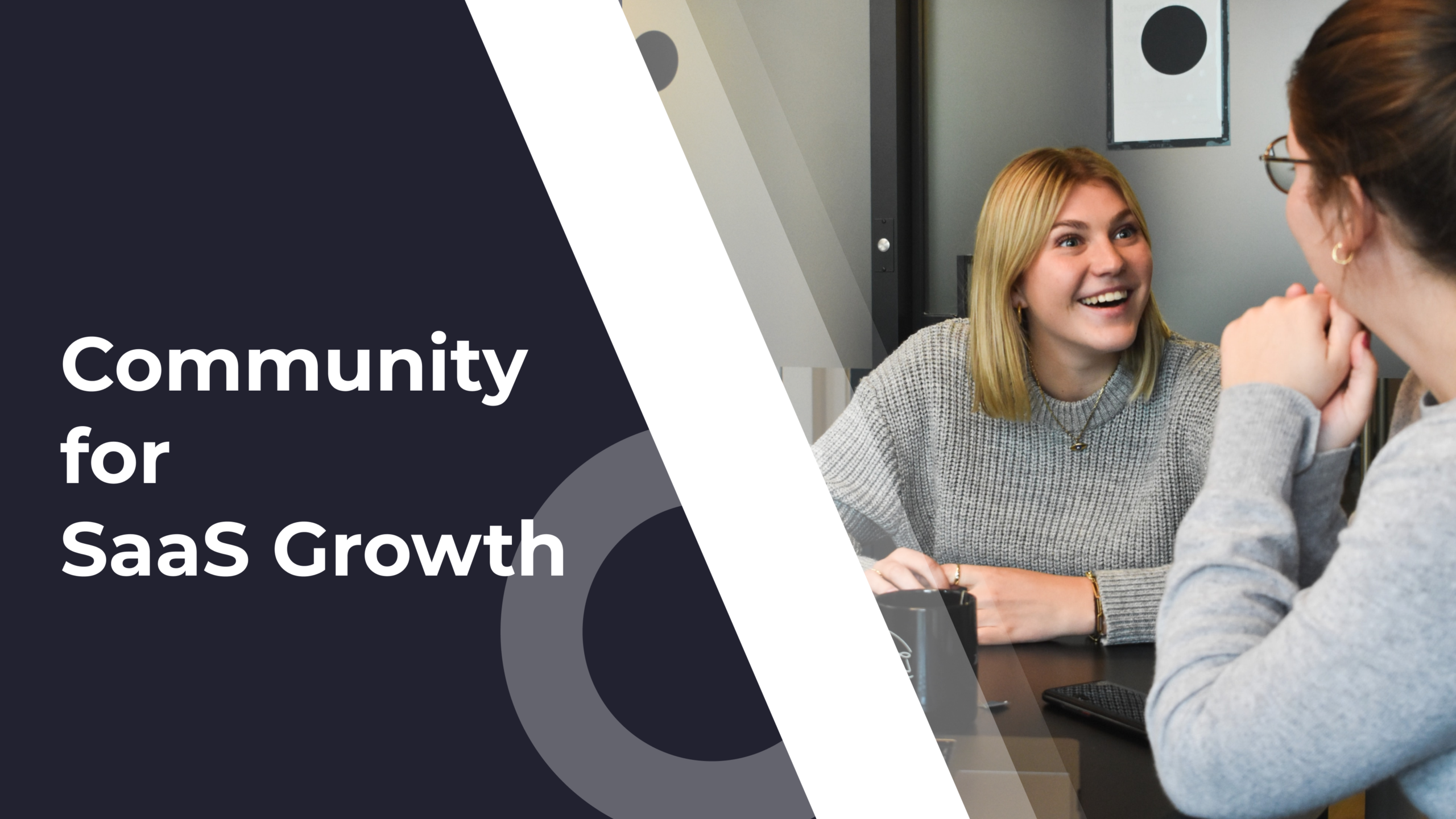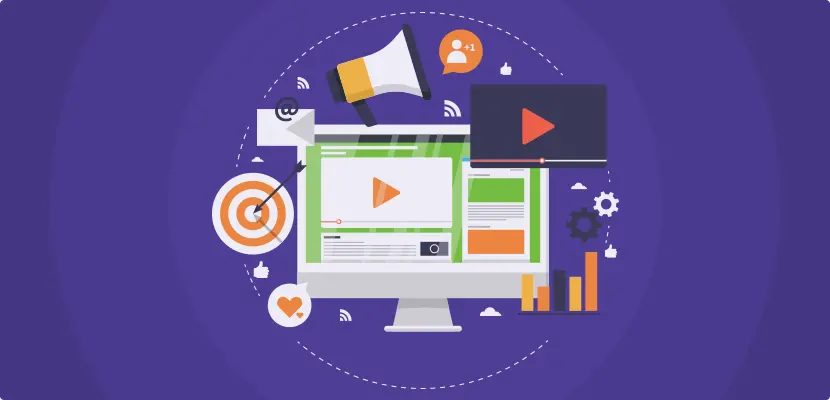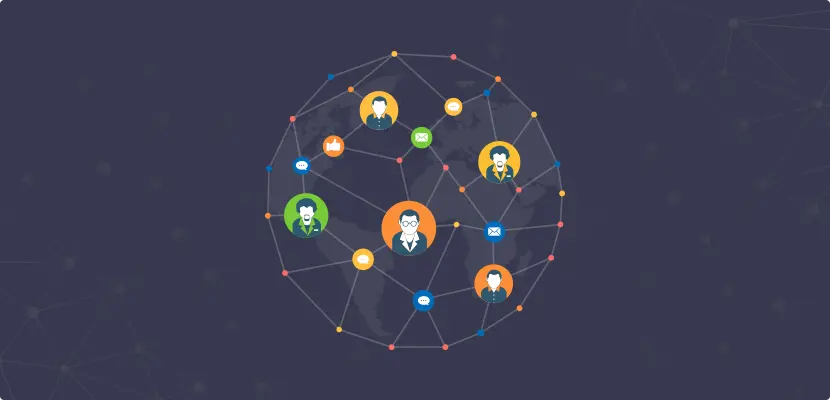Data is a valuable asset in today’s modern world. Knowing more about your customers helps you personalize their experience, improve satisfaction, and boost sales. Understanding when, why, and how customers make decisions can show which marketing strategies work best and how to tailor your approach to increase sales and keep customers loyal.
Enter predictive customer analytics. This growing trend involves using data, tools, and techniques to understand customer behavior and predict how they will behave in future scenarios. Businesses can use this information to improve their services, offer discounts, or encourage customers to engage more with the brand.
Let’s say a sunscreen brand knows, based on historical data and behavioral patterns, that sales tend to decline in the winter months. Predicting this behavior in advance might help that business develop marketing strategies to boost sales – a discount code for example, or a campaign encouraging people to get some winter sun.
What is predictive customer analytics?
Predictive customer analytics is a method of collecting and analyzing data to anticipate future consumer behavior. By analyzing data from sources like CRM systems, social media, and website interactions, businesses can predict how customers are likely to act in various scenarios.
A popular example of this is Netflix using predictive analytics to recommend shows based on past viewing habits, improving user engagement and retention.
Core Components of Predictive Customer Analytics
- Data Collection:
a) Sources: CRM systems, social media, website analytics, surveys.
b) Tools: Google Analytics, HubSpot, Salesforce.
- Data Analysis:
a) Techniques: Pattern identification, trend analysis, correlation studies.
b) Tools: Excel, Python, SAS, SPSS. - Predictive Modeling:
a) Methods: Machine learning algorithms like linear regression, decision trees.
b) Tools: TensorFlow, Scikit-learn, R.
Predictive analytics uses a variety of tools and technologies, including software like SAS or IBM SPSS, open-source programming languages such as Python or R, data visualization tools and generative AI applications.
An example of this in use: Starbucks uses data analytics to predict which new store locations will be successful, analyzing customer traffic patterns, demographics, and purchasing behaviors to make informed decisions.
Benefits of using predictive analytics
Understand your customers better
Predictive analytics helps you understand your customers’ preferences, behaviors, and demographics. This lets you tailor your marketing strategies to different customer groups. For example, some customers might respond better to a 10% discount, while others might prefer three months of free service. Identifying and separating these consumer groups gives you the ability to tailor your marketing strategies to make sure they are relevant and effective for that particular type of customer.
In a real-world application, a major fashion retailer used predictive analytics to transform how they understand and engage with customers. By analyzing customer behavior data both online and in-store, they were able to anticipate individual preferences and send personalized offers that matched those preferences precisely. This approach didn’t just improve customer satisfaction; it also led to a substantial 20% increase in repeat purchases within six months. This case demonstrates how predictive analytics can significantly enhance customer understanding and drive business growth.
Leverage effective personalization strategies
Better customer understanding allows for more effective personalization of recommendations, offers, and marketing campaigns. This makes the shopping experience more convenient and enjoyable, leading to higher engagement and conversion rates.
Convenience is becoming increasingly important in the buyer journey – in fact, McKinsey’s 2022 State of Customer Care Survey found that simplifying the customer experience is one of respondents’ top three priorities.

Screenshot taken from mckinsey.com
They are also more likely to engage with your content because it aligns with their interests and preferences, and this increased interaction leads to higher conversion rates, deeper loyalty, and stronger relationships.
Case study: Netflix has mastered the art of personalized recommendations using predictive analytics. By analyzing user viewing history, preferences, and behaviors, Netflix tailors content suggestions, resulting in an impressive 93% retention rate. This deep understanding of customer preferences allows Netflix to deliver a highly personalized experience, keeping users engaged and loyal.
Prevent customer churn
It costs more to acquire new customers than to retain existing ones. According to HubSpot’s Annual State of Service Report, it can cost you five times more. Loyal customers are also far more likely to place higher-value orders, recommend you to friends and family, and even pay above market value if they know they’ll receive excellent customer service.
Predictive analytics helps you identify at-risk customers and implement strategies to keep them. By understanding common factors leading to customer churn, such as poor customer service or reduced engagement, you can proactively retain customers.
In a real-world example: a leading telecom company leveraged predictive analytics to enhance network performance and reduce downtime. By analyzing vast amounts of data from network operations, the company could predict and prevent potential failures before they occurred, significantly improving service reliability and customer satisfaction. This proactive approach not only minimized operational costs but also strengthened customer retention by ensuring a consistent and reliable service experience.
Optimize marketing campaigns
Predictive analytics can help you predict the success of marketing campaigns, saving time and money. Knowing what customers want and which initiatives increase conversions allows you to allocate resources with confidence, make strategic decisions, and plan for future growth.
For instance, a B2B company utilized Salesforce’s predictive analytics to refine its lead scoring system. Previously, all leads were treated equally, but by scoring leads based on their likelihood to convert, they saw a remarkable 40% increase in lead conversion rates. This showcases the power of predictive analytics in driving better-targeted marketing efforts and achieving higher returns on investment.
Reduce costs
Predicting customer behavior can save you – and make you – a lot of money.
Predictive customer analytics can significantly reduce operational costs, as demonstrated by UPS. By implementing the ORION (On-Road Integrated Optimization and Navigation) tool, UPS optimized its delivery routes through real-time analysis of traffic conditions, package information, and historical data. This predictive system reduced fuel consumption, decreased delivery times, and minimized environmental impact, leading to substantial cost savings.
This case highlights the power of predictive analytics in refining operations and achieving both economic and environmental benefits in logistics.
How does predictive customer analytics work?
So now you understand what it is and why it’s important, let’s dive into how predictive customer analytics works and how to get started.
Collecting and cleaning data
Data collection involves gathering information from various sources like CRM systems, social media, purchase history, and customer service interactions. The data must be cleaned to remove duplicates, correct errors, and ensure consistency.
Example: A telecom company collects customer data from billing systems, call logs, and social media interactions. They then clean this data by removing inconsistencies, such as duplicate records or outdated contact information, to ensure accuracy before analysis.
Exploration and analysis
This step involves using statistical methods and visualization tools to identify patterns, trends, and correlations in the data. For instance, businesses can use tools like DashThis and its alternatives to create visual reports, helping them understand customer behaviors and segment their audience effectively.
Example: Using data visualization tools, a retailer analyzes customer purchase patterns during holiday seasons, identifying trends that indicate peak buying periods. This information allows them to tailor marketing campaigns for maximum impact.
Model building
Based on this information, you can begin building and training your predictive customer analytics models. Using machine learning algorithms, such as linear regression, decision trees, gradient boosting, and so on, you’ll be able to create reliable models based on data characteristics and train the predictive model to identify patterns and predict future behavior.
Example: An online subscription service builds a predictive model to anticipate which customers are likely to cancel their subscriptions. By analyzing factors like usage frequency and customer support interactions, they can proactively offer incentives to retain these customers.
Evaluate predictions and insights
Turn data into actionable insights, segmenting customers into groups based on the likelihood of specific outcomes. Use these insights to refine marketing strategies and enhance the customer experience.

Example: A travel agency uses predictive analytics to segment customers into groups based on their likelihood to book a vacation package. They then tailor marketing efforts to each segment, increasing bookings by offering personalized travel deals.
Monitor and refine
Regularly review and update the data and model to keep predictions accurate and relevant.
Example: A retail clothing brand continuously monitors customer purchasing trends and refines its predictive models to adjust inventory levels. This ongoing process ensures they stock the most in-demand items, reducing overstock and boosting sales.
How to use predictive customer analytics to increase conversions
While predictive customer analytics sounds great in theory, how can you put this into practice? What information can you leverage to actually increase conversions? We’ve put together a few suggestions to help you make the most out of your data.
1. Find the optimal price point
If you’re releasing a new product and want to test what customers think of the price point, predictive customer analytics can analyze customer sensitivity by considering factors such as historical pricing data, competitor pricing, and customer demographics.
This will help you choose a price that maximizes revenue whilst attracting as many sales as possible.
In addition to analyzing customer sensitivity, segment customers based on their buying behavior (e.g., price-sensitive vs. premium customers). Use A/B testing within these segments to refine pricing strategies. Real-world example: A SaaS company adjusted its subscription tiers using predictive analytics, which led to a 15% increase in conversion rates.
2. Incentivize at-risk customers to return
Predictive customer analytics can help you detect which customers are most likely to churn. Once you’ve identified this group, you can personalize discounts and recommendations to make sure you’re offering something relevant and attractive to them, e.g. a 50% discount, free samples, or early access to new products.
Incorporate behavioral triggers (e.g., cart abandonment, decreased usage) to initiate personalized offers in real-time. You could also set up automated workflows to engage these customers at critical points, such as just before their subscription renewal.
3. Help customers find what they’re looking for
Predictive analytics can also forecast what customers might need based on their past behavior. For example, if a customer frequently buys certain products, analytics can predict when they might need a refill or a related product. This allows customer service teams to proactively offer relevant suggestions, improving the customer experience.
Combine predictive analytics with recommendation engines that offer related products or services. Implement these suggestions across multiple touchpoints, like emails, in-app notifications, and personalized web experiences. For instance, a beauty retailer could predict when a customer might need a product refill and send a reminder with a discount, resulting in a 20% uplift in repeat purchases.
Conclusion: This is how you will harness predictive customer analytics for future growth
Predictive customer analytics has a transformative potential for any business because the future of business decisions is all about data and customers. In this manner, understanding and predicting customer behaviors may lead businesses toward creating personalized experiences, which optimize operations and, in return, increase conversions dramatically.
With the changing competitive landscape, those using predictive analytics are already better prepared to meet customer needs and reduce churn for maximum profitability. Begin integrating predictive analytics into your strategy today, unlock new opportunities for growth, and stay ahead in a market where the only constant is change.




